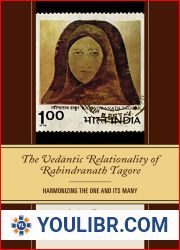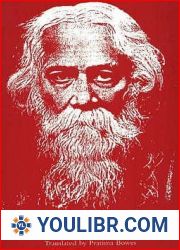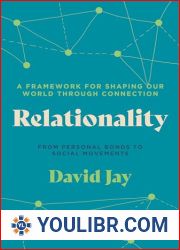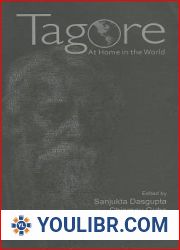
BOOKS - The Vedantic Relationality of Rabindranath Tagore: Harmonizing the One and It...


US $6.83

681960

681960
The Vedantic Relationality of Rabindranath Tagore: Harmonizing the One and Its Many (Explorations in Indic Traditions: Theological, Ethical, and Philosophical)
Author: Ankur Barua
Year: October 25, 2018
Format: PDF
File size: PDF 2.5 MB
Language: English
Year: October 25, 2018
Format: PDF
File size: PDF 2.5 MB
Language: English
This book is a thematic study of the poet-thinker Rabindranath Tagore's conceptual project of harmonizing the one and its many. Tagore's writings, in Bengali and in English, on religious and social themes are held together by the leitmotif of a "harmony" which operates across several existential, religious, and social polarities - the finite and the infinite, the temporal and the eternal, and the individual and the universal. Tagore creatively appropriated materials from diverse sources such as the classical Hindu Vedantic systems, the folk piety of Bengal, and others, to configure a dialectic which shapes his writings on both religious and social themes. On the one hand, each individual is irreducibly distinct from everyone else, and, on the other hand, each individual gains their spiritual depth precisely by being placed within the dynamic matrices of an interrelated whole. Thus, we find Tagore rejecting certain monastic forms of Hindu world-renunciation and also certain ecstatic dimensions of devotional worship - the former because they efface individuality and the latter because they can generate self-absorbed styles of living. Again, Tagore is as sharply opposed to Bengali imitativeness of English modes of being in the world as he is to Bengali forms of insularity - the former because it dilutes the concrete richness of indigenous lifeforms and the latter because it confines individuals to parochial enclosures. Tagore's life-long endeavor was to configure a "third way" by rejecting both the blank homogeneity of an undifferentiated one and the particularistic insularities of a multitude without a deeper center of coherence.

















